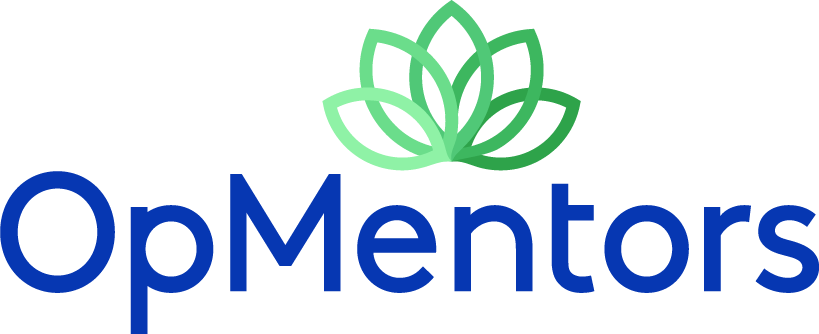It’s happened to you or someone you know: Salesforce and FinancialForce are live, and errors and bugs immediately surface and slow progress.
End users don’t have the right data sets and permissions to take action in the company. New employees inherited notes for using the system on a scratchpad. Business leaders are already questioning the amount of time and money spent on these solutions because they seem to be holding your team and company back.
But you can avoid these problems by testing your solutions before your company goes live with them. This critical phase of implementation is called “user acceptance testing” or “UAT.”
Also known as “beta testing” or “end-user testing,” UAT is the final phase of your implementation when optimizing Salesforce and FinancialForce. During this phase, end users “test-drive” the finalized version of these solutions in a separate testing environment before they go live in your organization.
We call this separate testing environment the “UAT sandbox.” Project managers, accountants, business owners, software developers, and other end users “get in the sandbox environment” to make sure the customized version of these solutions meets the unique needs of your business.
This sandbox environment uses a different login URL than your production environment: the environment where your solution is live. This means you can develop and test new functionality without affecting your current system!
This phase of implementation is critical. UAT ensures end users are getting the most out of these solutions and customers are satisfied. Today we’re sharing our step-by-step guide to maximize UAT so you get the best return on your investment in Salesforce and FinancialForce.
Step 1: Decide who will test these solutions in the sandbox environment.
Asking too many end users to be involved in UAT increases the potential for personal preferences and conflict to get in the way of productive feedback.
We recommend choosing one end user from each department who will regularly use the solutions once they’re live.
The less they know about the configuration process, the better! These end users often test the solution more thoroughly. If a customer or vendor will be using the solution, invite one end user to test it — and make sure necessary non-disclosure agreements are in place!
Step 2: Have a plan for testing.
A consulting partner might provide high-level test scripts or test cases, but you still should be deeply invested in your organization’s plan for UAT. In the end, you’re who confirms the solution matches the scope of work and meets the unique needs of your business.
A test script is a “line-by-line description of all the actions and data needed to perform a test,” even down to which buttons to press in which order! Test cases or scenarios are situations the end user might face or problems they must solve. Test cases are more open-ended to ensure the end user can navigate the solution, solve problems, and take action in the production environment.
Creating test scripts or test cases is a lot of work, but you’ll be ahead for future training and onboarding once you’re finished!
Step 3: Make sure end users have the right profiles and permissions.
This step is easy to overlook. End users normally don’t have the admin-level permissions that consulting partners and project team members have in the solutions.
In your UAT sandbox, you’ll want to make sure each profile for end users has access to the data they need to perform test scripts or test cases. They will also need the right permissions and queue membership (if applicable). Having the right permissions ensures end users can view only the data they should see.
Really think about this step because it’s critical if you want buy-in from end users. They will get excited about the solution when they see they’re able to do their job more efficiently with the right data and permissions!
Step 4: Devote time in your organization for testing.
Your company invested a lot of time and money into these solutions so gathering feedback is critical. But end users in your company are busy. Don’t assume they will make time out of their already-busy schedules for UAT. Schedule that time for them!
We suggest also setting up office hours for assistance with your consulting partner or an internal project team member. Communicate that you value their feedback. Then protect their time for UAT so they can give it to you.
Step 5: Decide how you will collect feedback from end users.
Even if you tell end users you value their feedback, they won’t always believe you if you don’t make it easy for them to share their UAT experience. Invite end users to submit their feedback in a trackable system like Trello. Ask them for screenshots or videos too when a bug or error surfaces.
After end users have provided feedback, decide what errors and bugs to fix first. You’ll want to address items in-scope if you’re working with a consulting partner.
You can tackle other items in a subsequent phase or rollout of the solution after the current scope goes live. You might not fix every problem at once, but you’ll have a roadmap for improvement in the future thanks to user feedback.
When done correctly, UAT is the most effective way to reduce the time and cost to fix problems once a solution goes live in your production environment. If you’re still unsure about how to maximize UAT, our team of mentors is here to help. Schedule a call today, and let’s talk about how you can maximize and test Salesforce, FinancialForce, and other solutions before your company goes live with them.

